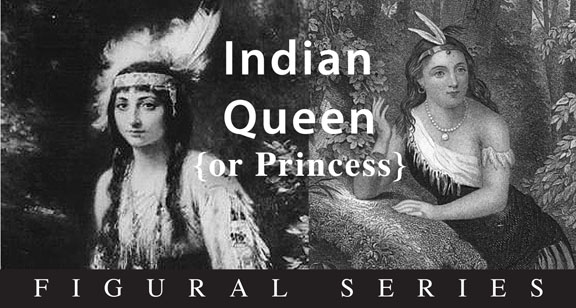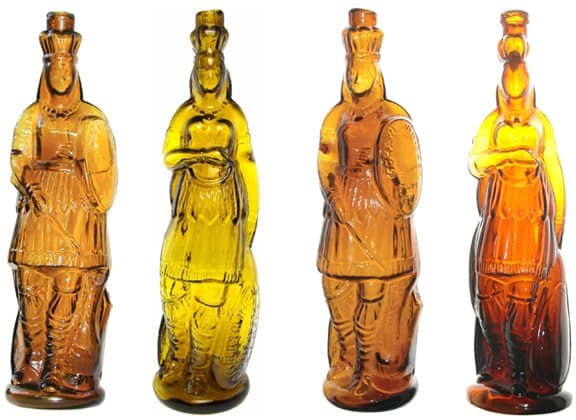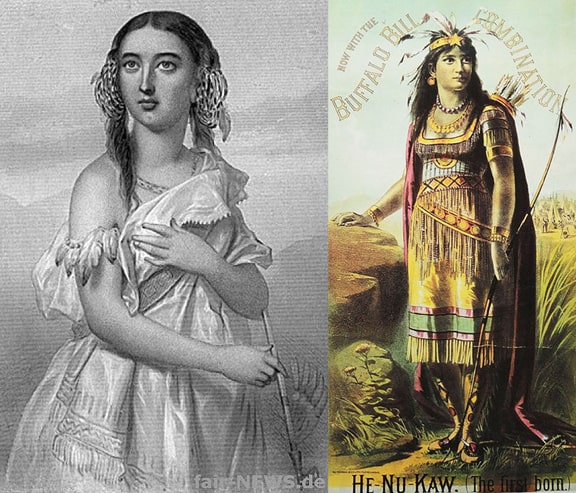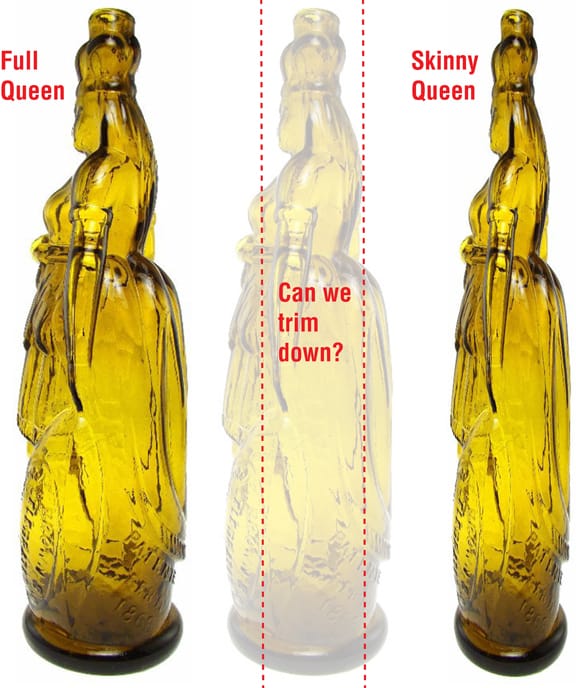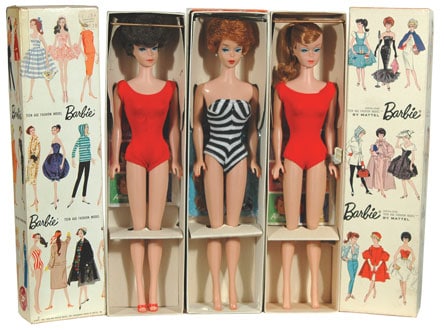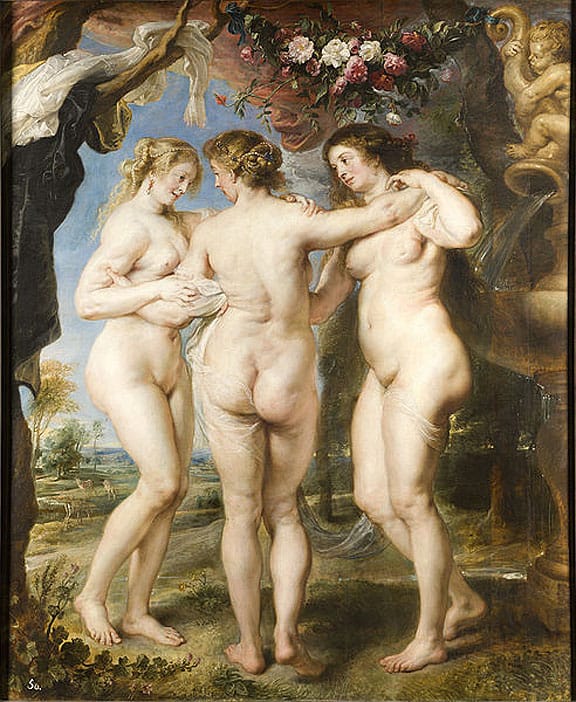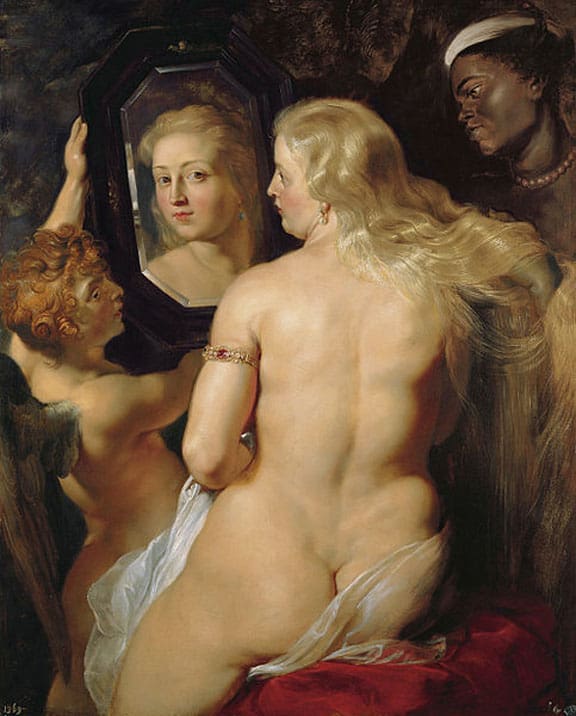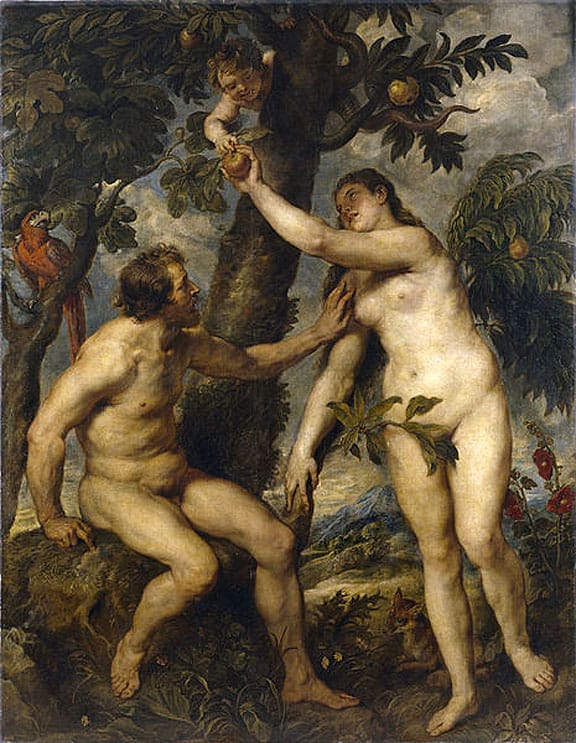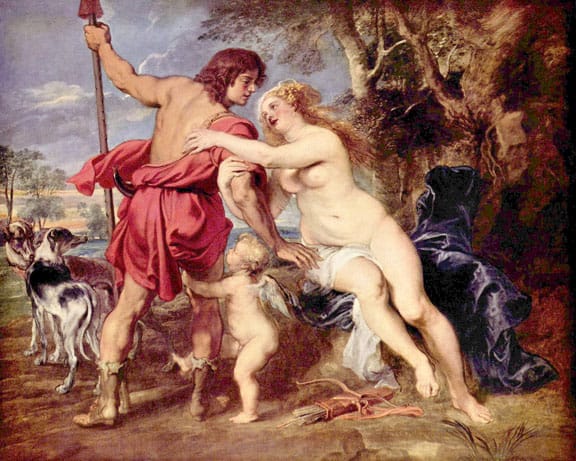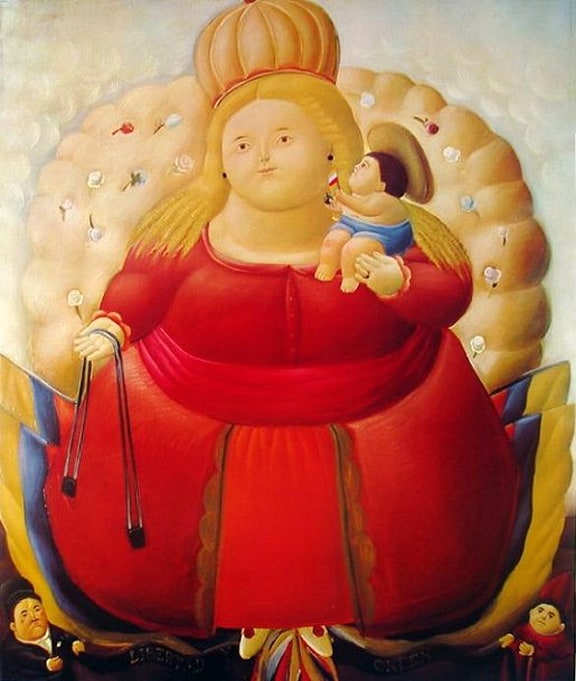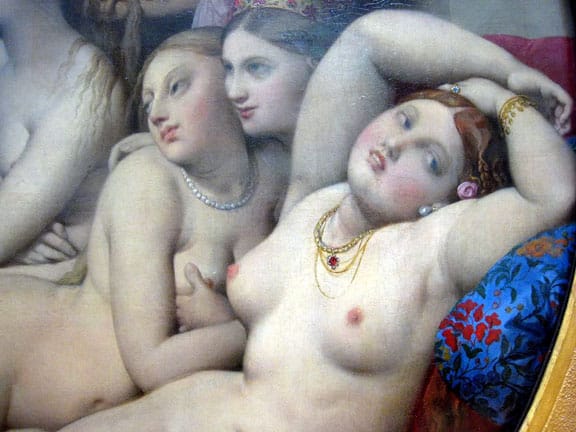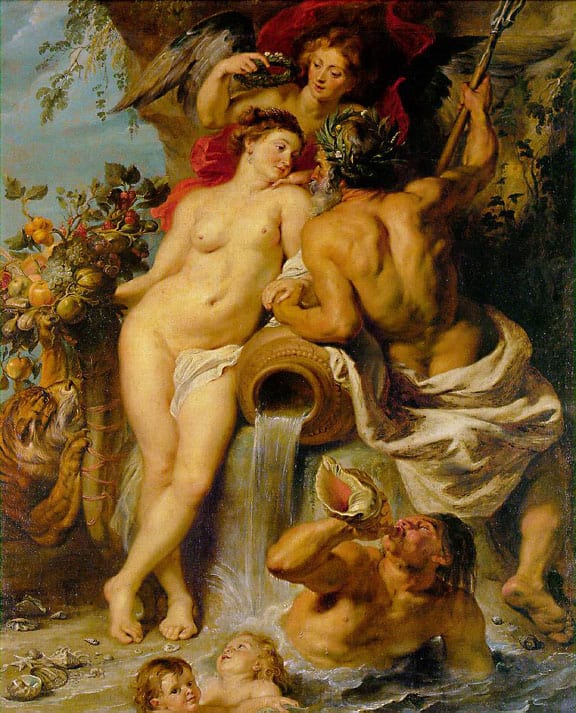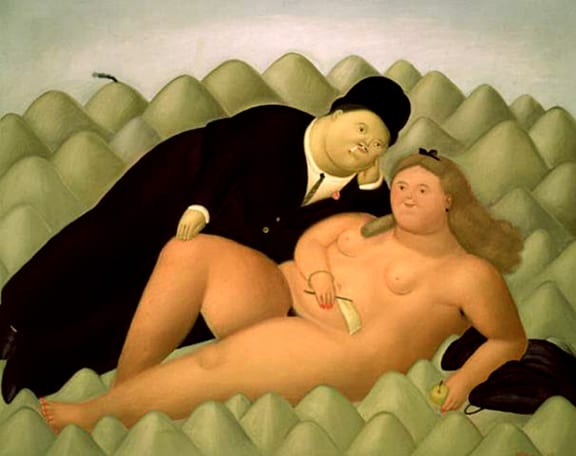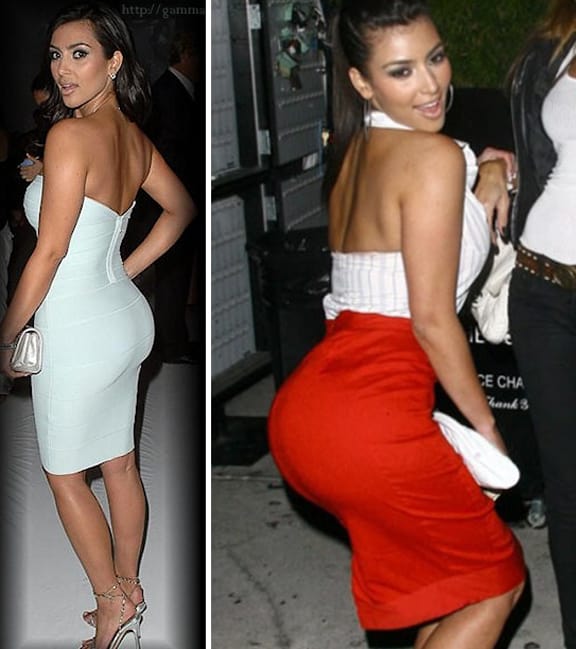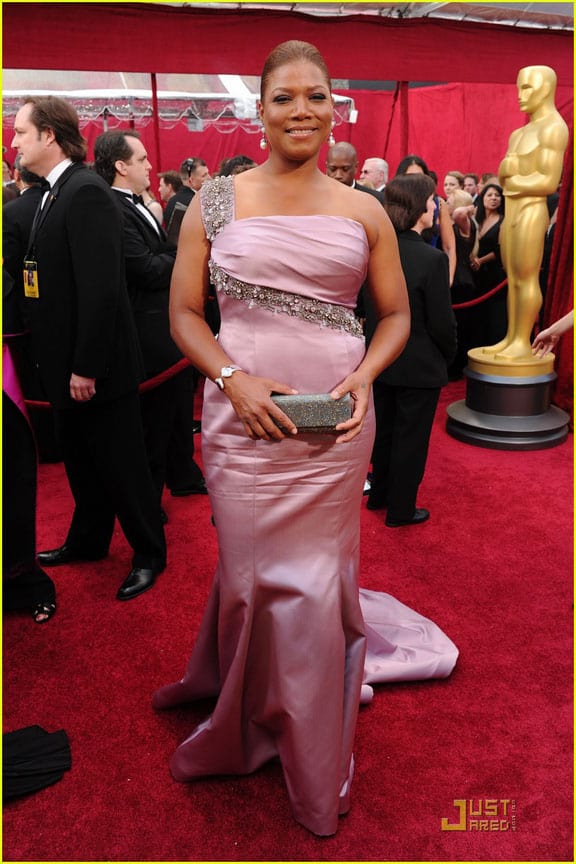The Rubenesque Queens
The Rubenesque Queens
27 September 2012
![]() I suppose I have not really focused on the voluptuous and full form of the Queens I have written and posted about lately as I have been looking more closely at the mold variations and symbology. I mean, they are bottles and in the end they need to be filled with Bitters or Whiskey and sold, so you have to make the form hold the product. A ‘skinny’ queen would not work right? Also look at all the early Indian pictures and paintings such as Pocahontas (above left) and He-Nu-Kaw (above right), and try to find a skinny or ‘all bones’ Indian. Good luck.
I suppose I have not really focused on the voluptuous and full form of the Queens I have written and posted about lately as I have been looking more closely at the mold variations and symbology. I mean, they are bottles and in the end they need to be filled with Bitters or Whiskey and sold, so you have to make the form hold the product. A ‘skinny’ queen would not work right? Also look at all the early Indian pictures and paintings such as Pocahontas (above left) and He-Nu-Kaw (above right), and try to find a skinny or ‘all bones’ Indian. Good luck.
A comment on facebook regarding the side view of a Queen (which we rarely display or picture in catalogues) said “She is fat”. This amused me so I looked at the profile picture (see above) and I do see a full and ample derriere, buttocks, Du-pah-pah (as a Cajun girlfriend in college said), tush, booty or caboose etc. I guess it does remind me of the ample proportions of Barbi Dolls too when you really get down and think about it.
Well…with tongue firmly planted in cheek, I do this post to salute the gorgeous, beautiful and full-bodied Queens. This allows me a chance to go back and look at Peter Paul Rubens and others like Fernando Botero and their wonderful paintings.
Peter Paul Rubens (From Wikipedia, the free encyclopedia) Born 28 June 1577, Siegen, Westphalia (modern-day Germany) Died 30 May 1640 (aged 62) Nationality Belgian.
His fondness of painting full-figured women gave rise to the terms ‘Rubensian’ or ‘Rubenesque’ for plus-sized women. The term ‘Rubensiaans’ is also commonly used in Dutch to denote such women.
Sir Peter Paul Rubens (28 June 1577 – 30 May 1640), was a Flemish Baroque painter, and a proponent of an extravagant Baroque style that emphasised movement, colour, and sensuality. He is well known for his Counter-Reformation altarpieces, portraits, landscapes, and history paintings of mythological and allegorical subjects.
In addition to running a large studio in Antwerp that produced paintings popular with nobility and art collectors throughout Europe, Rubens was a classically educated humanist scholar, art collector, and diplomat who was knighted by both Philip IV, King of Spain, and Charles I, King of England.
Rubens was a prolific artist. His commissioned works were mostly religious subjects, “history” paintings, which included mythological subjects, and hunt scenes. He painted portraits, especially of friends, and self-portraits, and in later life painted several landscapes. Rubens designed tapestries and prints, as well as his own house. He also oversaw the ephemeral decorations of the Joyous Entry into Antwerp by the Cardinal-Infante Ferdinand in 1635.
His drawings are mostly extremely forceful but not detailed; he also made great use of oil sketches as preparatory studies. He was one of the last major artists to make consistent use of wooden panels as a support medium, even for very large works, but he used canvas as well, especially when the work needed to be sent a long distance. For altarpieces he sometimes painted on slate to reduce reflection problems. His fondness of painting full-figured women gave rise to the terms ‘Rubensian’ or ‘Rubenesque’ for plus-sized women. The term ‘Rubensiaans’ is also commonly used in Dutch to denote such women.
Read More: Looking closer at the Brown’s Celebrated Indian Herb Bitters
Read more: Amethyst Indian Queen Found in Seattle
Read More: H. Pharazyn Indian Queen – Philadelphia
Read More: Mohawk Whiskey Pure Rye Indian Queen
Read More: E. Longs Indian Herb Bitters
Read More: The Indian Herb Bitters Prepared by Drs Dickerson & Stark
Read More: Why do we call the bottles the ‘Indian Queen?’
Read More: Barrel series – Original Pocahontas Bitters

